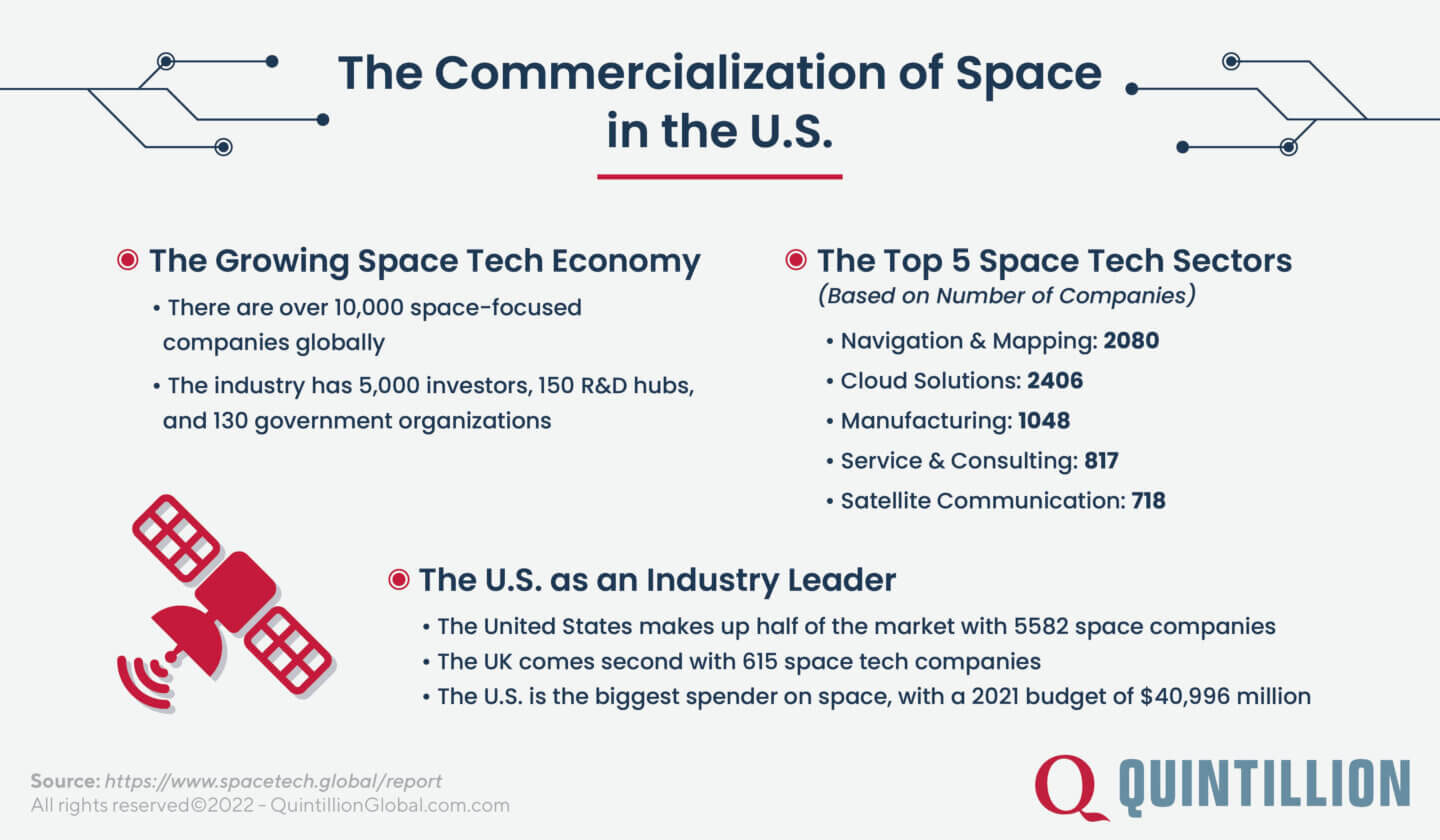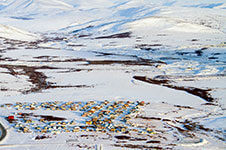Humans gather a vast amount of data from space. Commercial satellite imaging companies are collecting over 100TB of satellite data per day, which equates to tens of millions of images. And there isn’t any likelihood of these numbers slowing down any time soon.
Organizations across the world, from real estate firms to large government agencies, are consuming mass amounts of satellite data. Humans have a strong desire to understand, analyze, and predict the world around them. By being able to see the world from a new perspective — above the Earth from outer space — we can gather data more wholly and efficiently than almost any other collection method.
However, satellite data takes up digital space. Just like computers rely on hard drives to store data, information captured by satellites needs a place it can be stored and processed. And for satellite imaging companies processing all that data, this digital storage space comes with a cost.
The space industry is moving toward a service-based model, often referred to as the “Space as a Service” concept. With this shift, satellite technology companies need storage solutions that are secure and allow for easy scalability as their business grows. Many industry leaders are utilizing colocation data centers to more affordably house IT infrastructure and securely process data captured from satellites.
How Does Satellite Data Processing Work?
The process of creating satellite imagery isn’t as simple as snapping a picture from space and sending it to the Earth. Satellites first gather information on the Earth through remote sensing, a process that involves detecting energy reflected from the Earth’s surface through natural sunlight or an artificial source, such as a laser.
Satellites are often equipped with what is called an Advanced Baseline Imager, which measures energy emitted from the Earth and translates it into radio waves. These radio waves are then downlinked to a ground station antenna and sent to a satellite data processing center. At this point, the data is in binary code, which can be processed and converted into imagery using a computer.
Essential Technology Satellite Data Processing
To capture and process remote sensing data usage, we rely on several essential technologies to build out a full satellite network:
- Remote sensing satellites: Earth observation satellites are built and launched into orbit at various distances. Low-earth orbiting satellites that follow a polar orbit are becoming more popular as they offer better image resolution and global coverage. These satellites are equipped with a sensor, often a synthetic-aperture radar (SAR), to measure energy and collect data.
- Satellite ground station: Data captured by these satellites are sent to a ground station on Earth. While the type of equipment found at a ground station varies, several common elements include an antenna system, RF receiving and transmitting equipment, data-user interface, station control center, Telemetry, Tracking & Command (TT&C) equipment, and a system clock.
- Data storage: Companies processing a large amount of satellite data need options to securely store and process imagery. Some options include an in-house data center, cloud storage, or an off-site data center.
Space as a Service: Options for Sourcing Space Technology
With today’s evolving space economy, companies launching satellites in space have several options for how they choose to source this technology.
Previously, large corporations and government agencies were the primary players in space. Often, these organizations would handle the satellite data processing in house, from building and launching satellites to downlinking, storing, and processing the data.
However, over the course of the last decade, satellites have become increasingly less expensive to build. This has opened the door for smaller companies and space startups to invest in space technology — especially in the United States.

With this rise in private companies building and launching their own satellites, some organizations choose to outsource parts of the process. This is where services like Ground Station as a Service (GSaaG) or Data Center as a Service (DCaaS) come into play.
What Is a Colocation Data Center?
A colocation data center, or a carrier hotel, is an off-site location where companies can rent networking equipment, data space, and bandwidth. While the range of services depends on the data center company, features often include technical support, power supply, cross connectivity, physical security, and equipment maintenance.
Typically, the company seeking colocation services owns its own IT technology. However, the physical space, power, cooling, and maintenance are covered in the service cost. Data centers are often located in large buildings or multi-structure facilities that contain cabinets, cages, suites, and modules where equipment can be stored.
What Are the Benefits of a Colocation Data Center?
For companies that process large amounts of satellite data, there are several benefits to utilizing a colocation data center:
- Affordability: Many costs come with building, staffing, and maintaining a data center. With colocation, companies can pay a more affordable service fee to store IT equipment and data without taking on large upfront costs.
- Scalability: Businesses can easily scale up or down as their data processing needs change. As infrastructure needs grow, a company simply needs to upgrade its space to accommodate more infrastructure.
- Security: Colocation data centers often offer a higher level of security than most businesses could maintain onsite and are required to meet certain compliance requirements. Physical security may include camera monitoring systems, security guards, and biometric card security measures.
- Durability: In addition to offering physical security, data centers are built with infrastructure durability in mind. Many centers have advanced cooling systems, humidity control, heat removal, and fire protection systems to best maintain equipment.
- Redundancy: Colocation data centers handle all power needs, including power circuits, power infrastructure, and backup power sources. As systems can fail, these facilities ensure a high level of redundancy. Data centers are categorized into four tiers, which range from nonredundant power to being able to withstand a 96-hour power outage.
- Feasibility: Many logistics go into maintaining a data center. Colocation data centers take on the task of maintaining the facility and offer a range of managed services, including remote technical support.
Quintillion’s GSaaS and Colocation Services
For companies launching polar-orbiting satellites into space, Quintillion offers a full-service solution for ground station and data processing solutions. These include:
- Equipment colocation
- Power
- O&M services
- Backhaul solutions
Our HiLDA Ground Station was built in partnership with ATLAS Space Operations, giving satellite companies access to the Freedom™ Software Platform for low latency and secure ground communications, automated network operations, and set-and-forget scheduling all on an intuitive, easy-to-use dashboard.
This ground station is linked via fiber to the Equinix SE2 International Business Exchange Center in Seattle, Washington. Equinix is one of the top colocation data center providers in the world. The SE2 center in Seattle offers 36,382 sq. ft of space dedicated to colocation with access to up to 2.1 MW of power.
Looking for a full-service satellite data processing solution? Contact Quintillion to learn how we can help.















